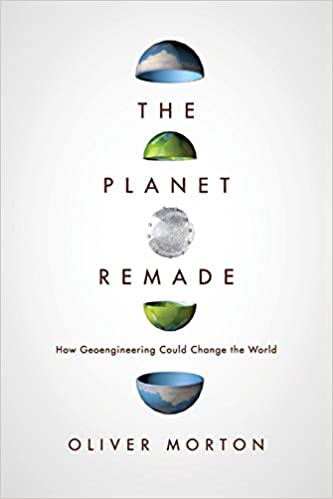Artificial Rain
Sprinkling carbon dioxide snow, silver iodide or a mixture of sodium and potassium chlorides on clouds can make rain. Around the 2008 Summer - Olympics in Beijing, this was an option to optimize weather conditions.
In Australia, several studies are under way to promote rainfall, in order to counter drought.
Cloud seeding application in Thailand
Artificial rain (artificial precipitation or rain bomb) is a method of obtaining precipitation from the existing cloud by human intervention. The main target; to meet energy needs, to supply water to arid regions, to disperse fog, to control weather events. Its basis is to artificially give the condensation nuclei from outside to the clouds that are at a suitable temperature for precipitation.
Historical development
Studies started with the use of silver iodide in the 1940s. The system, which was developed by the USA in the 1960s, is now used by 24 countries. In Turkey, it was implemented by Ä°SKÄ° in the 1990s in Istanbul and at different times in Izmir and Ankara. The cloud seeding event is called 'rain bomb' in everyday language in Turkey.
The first application was made by Irving Langmuir and Vincent Schaefer in the late 1940s. They tried throwing CO2 ice from the plane into the clouds. Bernard Vonnegut implemented cloud seeding using silver iodide (1947). Silver iodide is easier to use than dry ice (CO2 ice) and is still mostly used today.
Cloud seeding and precipitation
In order for precipitation to occur, there must first be a cloud. After the cloud cools down sufficiently, water begins to accumulate on the particles called condensation nuclei, which are naturally present in the air. The growing drops begin to fall towards the ground, unable to resist gravity. Precipitation will not occur if there are no condensation nuclei in the environment, although it has cooled sufficiently for condensation to begin. In artificial precipitation, it is tried to create precipitation by giving ice particles to the clouds. In cloud seeding; ammonium nitrate, cadmium iodide, copper sulfide, lead iodide, CO2 ice and silver iodide can be used.
If care is not taken in cloud seeding, negative consequences may occur: increase in hail or decrease in precipitation. During the application; wind condition, weather conditions, air rise speed, cooled water droplets, the growth characteristics of droplets, core concentration characteristics are taken into consideration. Precipitation can be obtained within 15 minutes to 1 hour from seeding. Generally, cumulus clouds in summer and low clouds in winter are suitable for artificial precipitation.
It has been determined that cloud seeding causes an increase in precipitation in orographic clouds rising from a slope. Since stratiform clouds are thin clouds, they leave precipitation with seeding and disappear and leave their places to the open air.
Insemination is done in several ways. Generally, airplanes, ground-to-air rockets and generators are used. Generators spray condensation particles from the ground to the air. It has been observed that cloud seeding increases precipitation between 5% and 20%. There are also scientists who object to cloud seeding in Turkey.
Media
Visit our media section for a complete overview.



